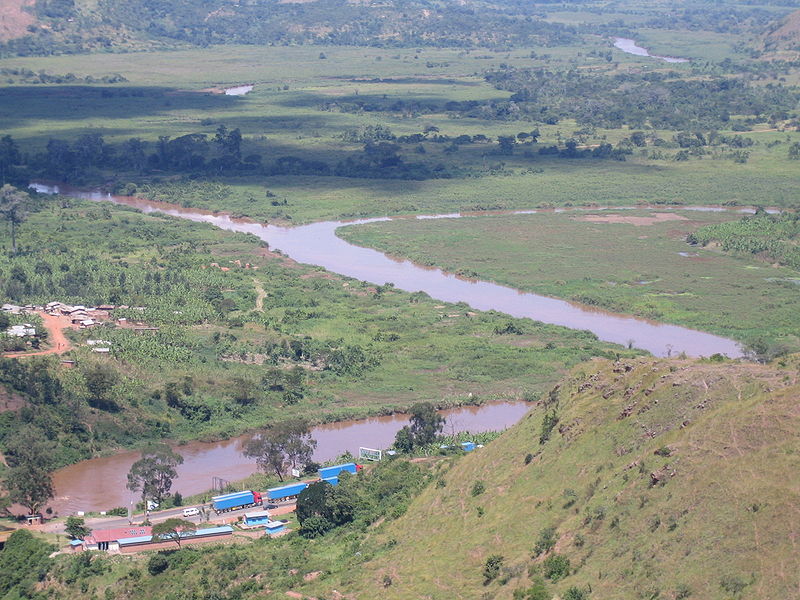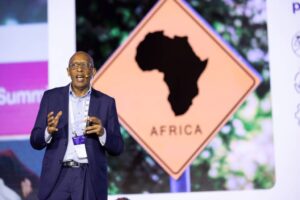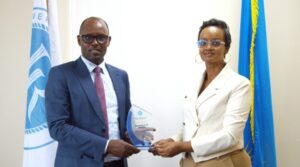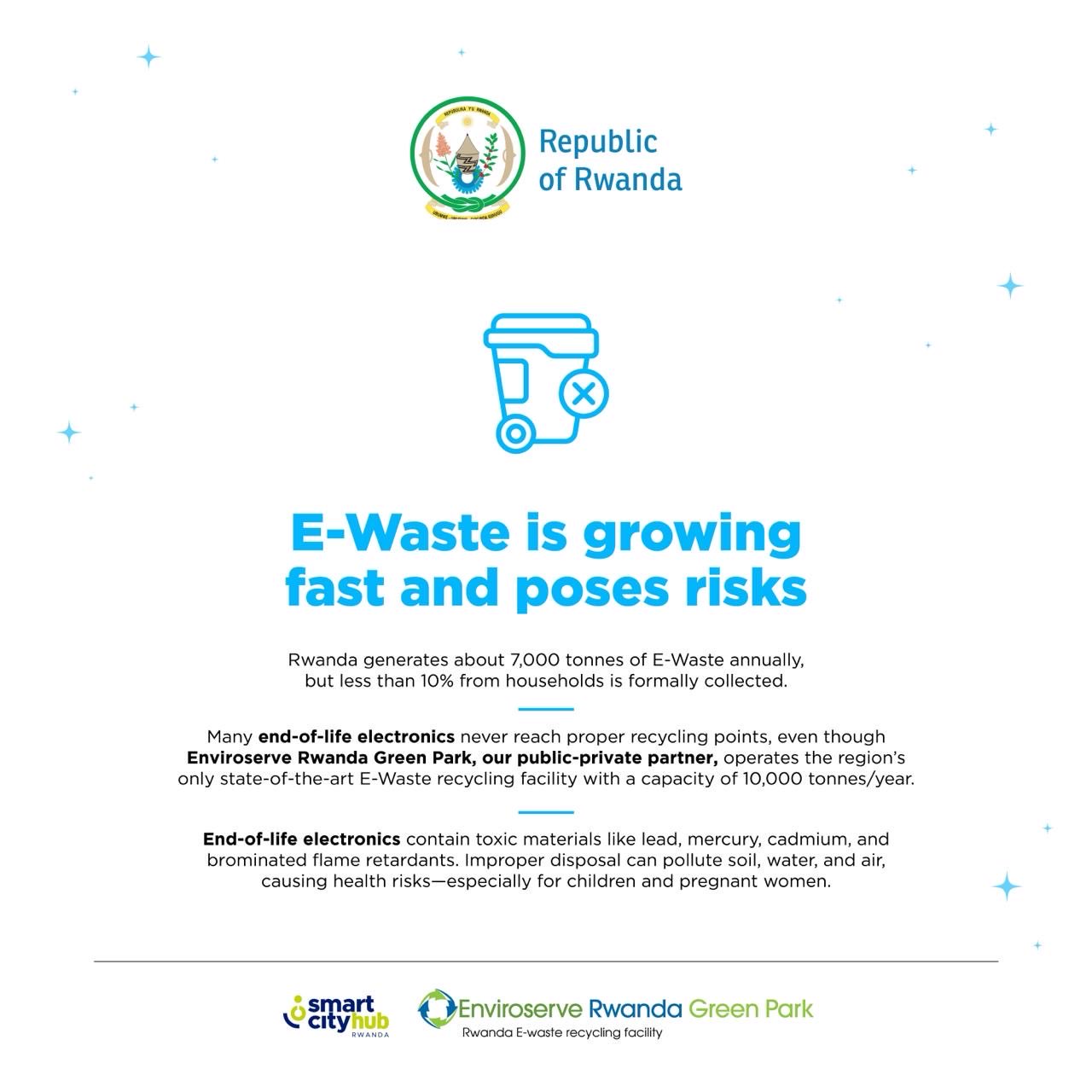
A great number of Rwandans call on the government of Rwanda to preserve Nyabarongo River, which is an unplanned engine of wastes that affect the lives of people living in the Nile basin.
The wastes that are flew into the Nyarongo River also go directly into the Nile, continues into the Mediterranean Sea and pollutes this water, yet water is life. The Green Party points out that various diseases, including cancer and other diseases, climate change, etc. are caused by the various activities that also damage Nyabarongo River.
This was announced by the Green Party, when it released a study on the nature of pollutants in the Nile and Nyabarongo River . The study shows that some of the major pollutants in the river comes from the home and automotive, mining and agricultural wastes of Nduba recycling center.
“Research has shown that household waste is the main polluter in Nyabarongo at the rate of 47.8%, those from agriculture which does not fight against erosion. at a rate of 24.4%, those from industry at a rate of 17.8%, precious stones at a rate of more than 10%, there are also some from Nduba motor and garages” Dr. Gashumba Jean Damascène, one of the informants declares:
Based on the research findings, the researcher claims that the government has put in place good measures to maintain this river but they are not being implemented properly.
These include well-written rules and regulations for the maintenance of rivers and streams, mine sites [defined as mine sites, pits that are removed after mining, and mine site management practices. water] and waste management.
He continues what the party he leads has been asked to protect the lives of more than 487 million people in 12 countries [Tanzania, Uganda, Rwanda, Burundi, Democratic Republic of Congo, Kenya, Ethiopia, Eritrea, South Sudan , Sudan and Egypt] including the Nile.
“We have seen that there are rules and regulations but people do not follow them, so we are asking the relevant local authorities [in the village, cell, sector and region] to participate and to stop these activities. We also ask people to make it their own“.Dr. Frank Habineza a member of parliament said
Dr. Habineza went on to say that Rwandans must never be silent on issues affecting the population, especially Nyabarongo River.
Plastics are the threats to Nyabarongo river and water
Since 2008, Rwanda has started a program of gathering biodegradable and non-biodegradable wastes from cities, they have placed in areas designed to facilitate the government’s management to gather them and they have also used for the production of environmentally friendly materials, but the people say that these wastes are a threat to them.
Although the production, importation, use or sale of pellets and single-use plastic items is prohibited, until 2019 the cities of Rwanda were estimated to produce 408-808 tons of waste per day, Research shows that plastics occupies 1.5 to 7 % of all plastics wastes. Rema (Rwanda environmental and management authority) announced that there is still a large number of plastics entering the country from abroad illegally, adding to other plastics from the food, beverage and medicine industries located in the country that are the parts of total wastes gathered into the communities. Inhabitants near wastes collection Center complain that the wastes around them are the issues “Plastics and other waste from the collection of garbage continue to cause us problems. Children goes there come with diarrhea, when it rains, the water from the garbage comes into the house and contaminates the food. Surprisingly, they have no plan to move it.
All plastic materials used in Rwanda do not reach the recycling centers, there are spill in agricultural fields, in permanent and non-permanent streams and in other places that are easy to get. the plastic materials found in rivers in Rwanda are deposited either by erosion or community who live near them , however there is a plan to find another way that will be filtered before it reaches the lakes, Reverien Igirubuntu works for WASAC (Water and Sanitation Corporation, Nyabarongo branch) said that there are still plastics bottles in the river, but they don’t know where they come from, “Plastics are still visible in Nyabarongo river, the machines that stops PET (clear, strong, lightweight and 100% recyclable plastic) on the hydropower works Every day , the identified plastics are sent to REMA and uses them .” Said Reverien Igirubuntu
Plastics which are found in Lake Kivu from DR Congo, affect the production of fishes, The Ministry of Agriculture and Fisheries (MINAGRI) states that the fishers are facing breeding problems due to the PET placed in Lake Kivu, sometimes the production of their fishes is reduced and it is decided to stop fishing for a period between 2 and 3 months.
SINELAC, the company that supplies electricity to the member countries of CEPGL, announces that it continues to face the problem caused which are come from the water of Lake Kivu Bukavu City, where it builds a dam. SINELAC shuts down more than two hours a day, the loss per month get to 2100 Megawatts (MW) costing 180600000 Rwandan francs, national institutions including the Ministry of Commerce and Trade, Rwanda Utilities Regulatory Authority (RURA), Rwanda Environmental Management Authority (REMA) Water and Sanitation Corporation (WASAC) and Rwanda Development Board work together in order to correct all the data related to the impact of plastics and wastes management,
Dr. Abias Maniragaba, an expert, an environmental researcher says that the effects of plastics on the population are seen not only in the country, but also in the region through the rivers they are connected to. “There is underground water that we use as people, plastics are materials that are slow to rot even if they are cut into small parts (decomposition), they can go into the underground water and harm the health of those who use it, there are other visible effects on agriculture where they are harvested, the production is insufficient” he said
Although there are laws to prevent the use of plastics, the Rwanda environment management authority in 2019, allowed the use of plastics for some companies but the product must be produced in Rwanda, it should have no other alternative plastics as packaging material, medical use, waste correction purpose, use in printing houses etc, as they are working hard to get alternative packaging material.
Nyabarongo river covers an area of 3000 square kilometers, covering the eight districts of Muhanga, Ngororero, Karongi, Nyanza, Ruhango, Huye, Nyaruguru and Nyamagabe
Eric TWAHIRWA








